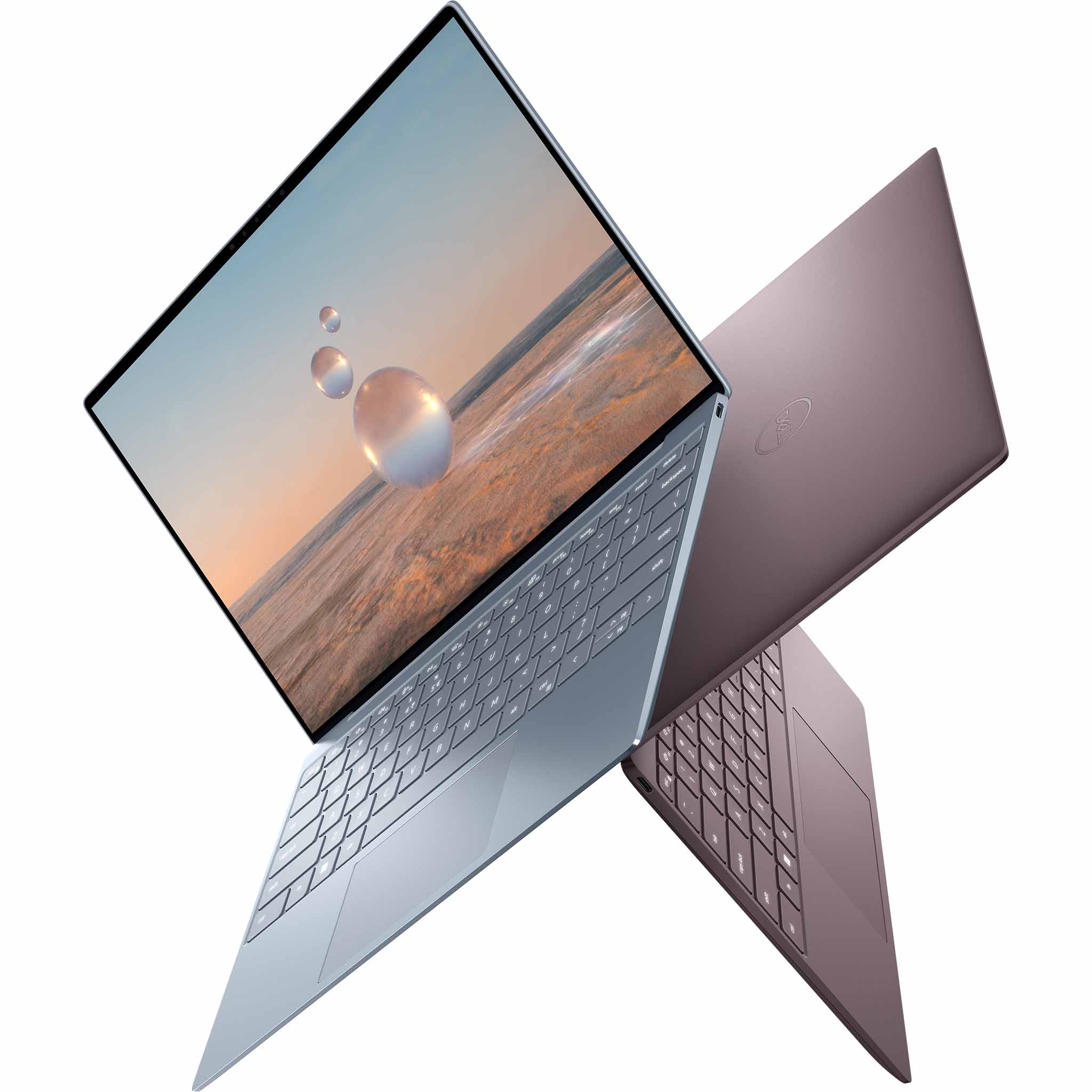Dell announces all-new redesigned XPS 13 and XPS 13 2-in-1 premium laptop and folio PCs for 2022
The new XPS 13 (9315) is its most compact and lightest version yet and the new XPS 13 2-in-1 (9315) adopts a folio design instead of a 360-hinge.
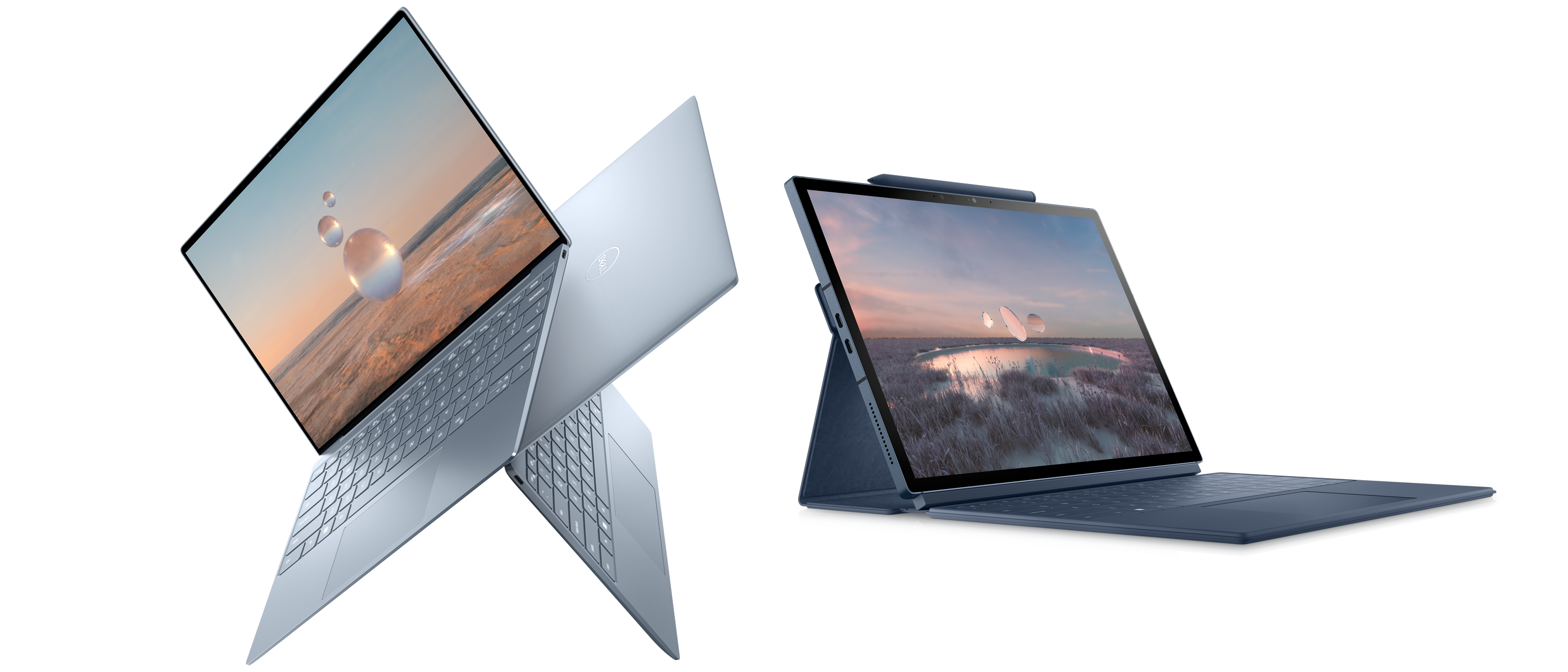
- Dell has announced the all-new XPS 13 (9315) and XPS 13 2-in-1 (9315) premium laptop and folio PC.
- The new XPS 13 has a motherboard that is 1.8x smaller than last year’s model, making it the most compact XPS 13 yet.
- Both laptops feature Intel 12th Gen U-series processors, and the 2-in-1 offers optional 5G connectivity.
- The new XPS 13 is available and starts at $999, while the XPS 13 2-in-1 is coming later this summer, with a price yet to be determined.
While all the attention has fallen on the radical XPS 13 Plus (along with its high price tag), Dell had a few more laptops up its sleeve for those who wanted a more conservative yet modern design while also being more affordable.
The new XPS 13 and XPS 13 2-in-1, both 9315 model numbers, complete that lineup offering something for everyone who wants a clean, minimalist laptop.
XPS 13 (9315)
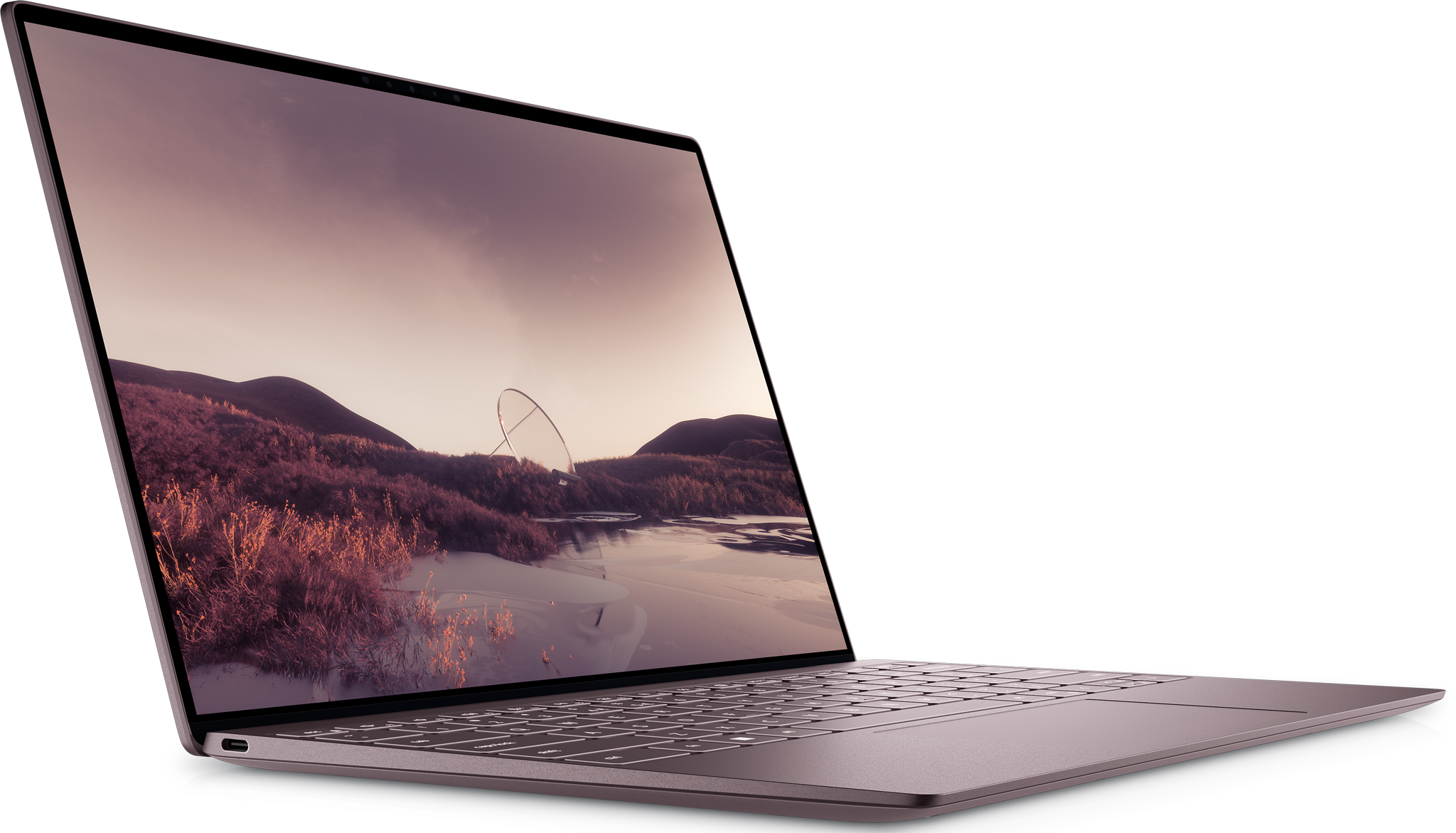
First up is the new XPS 13 (9315). At first glance, it’d be easy to dismiss it as just another refresh with its famed CNC machined aluminum and glass chassis but with a newer processor slapped in and some new colors; however, that is severely underestimating the internal work Dell has done.
For one, this is the lightest, thinnest XPS 13 with the smallest footprint. Sure, we’re talking millimeters, but it’s even noticeable in photo comparisons. We have a complete spec comparison between the new XPS 13 (9315) and last year’s XPS 13 (9310) for those who want a deeper dive.
Dell packed in Intel’s 12th Gen U-series processors (Core i5-1230U or i7-1250U), which have a base power of just 9 watts (versus 15 in last year’s model) and a max turbo power of 29 watts. While the XPS 13 (9315) is more powerful (and more efficient) than 2021’s XPS 13 (9310), it won’t be as powerful as the more-expensive XPS 13 Plus, which runs 28-watt P-series chips, which is part of the price difference.
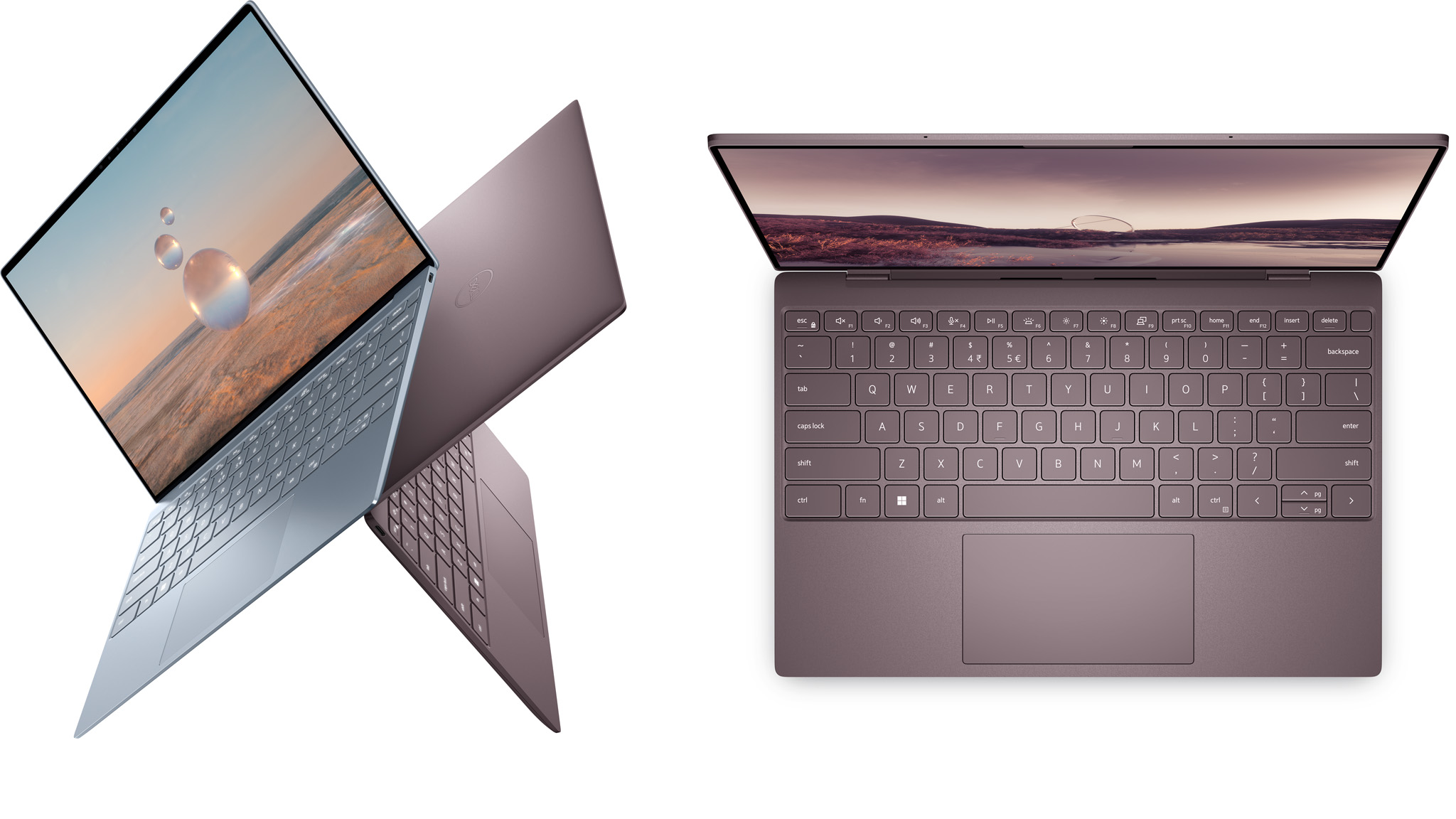
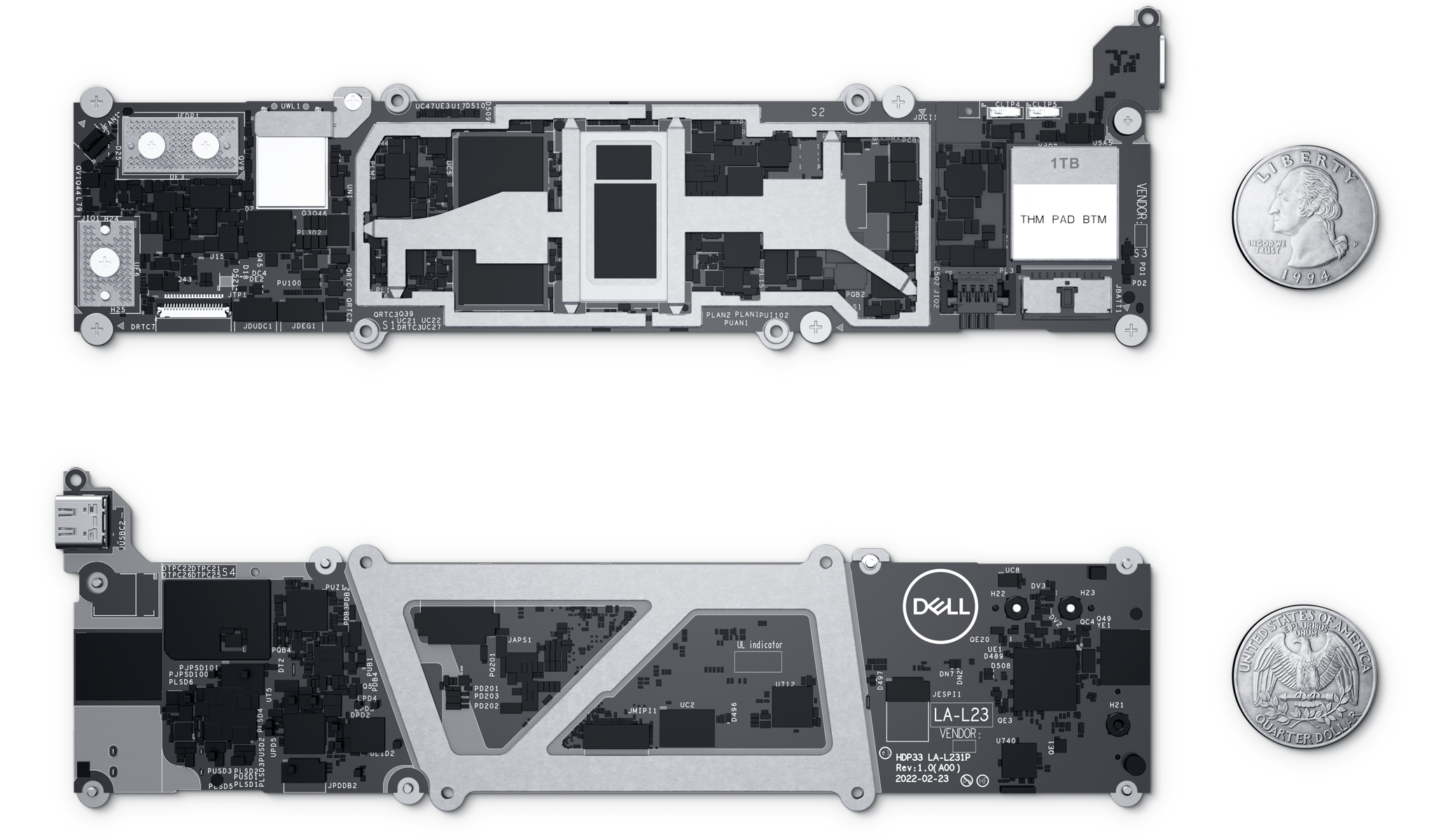
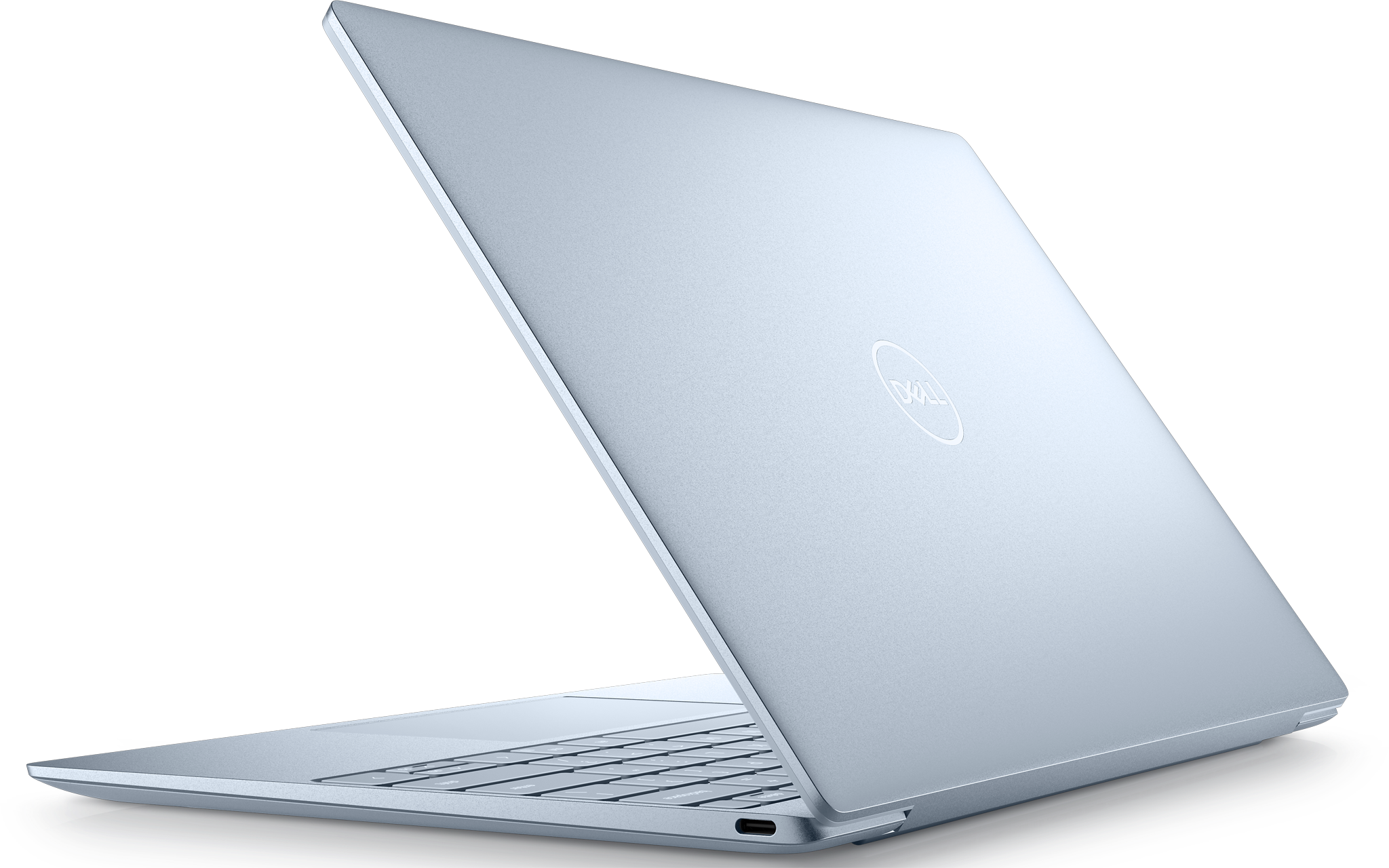
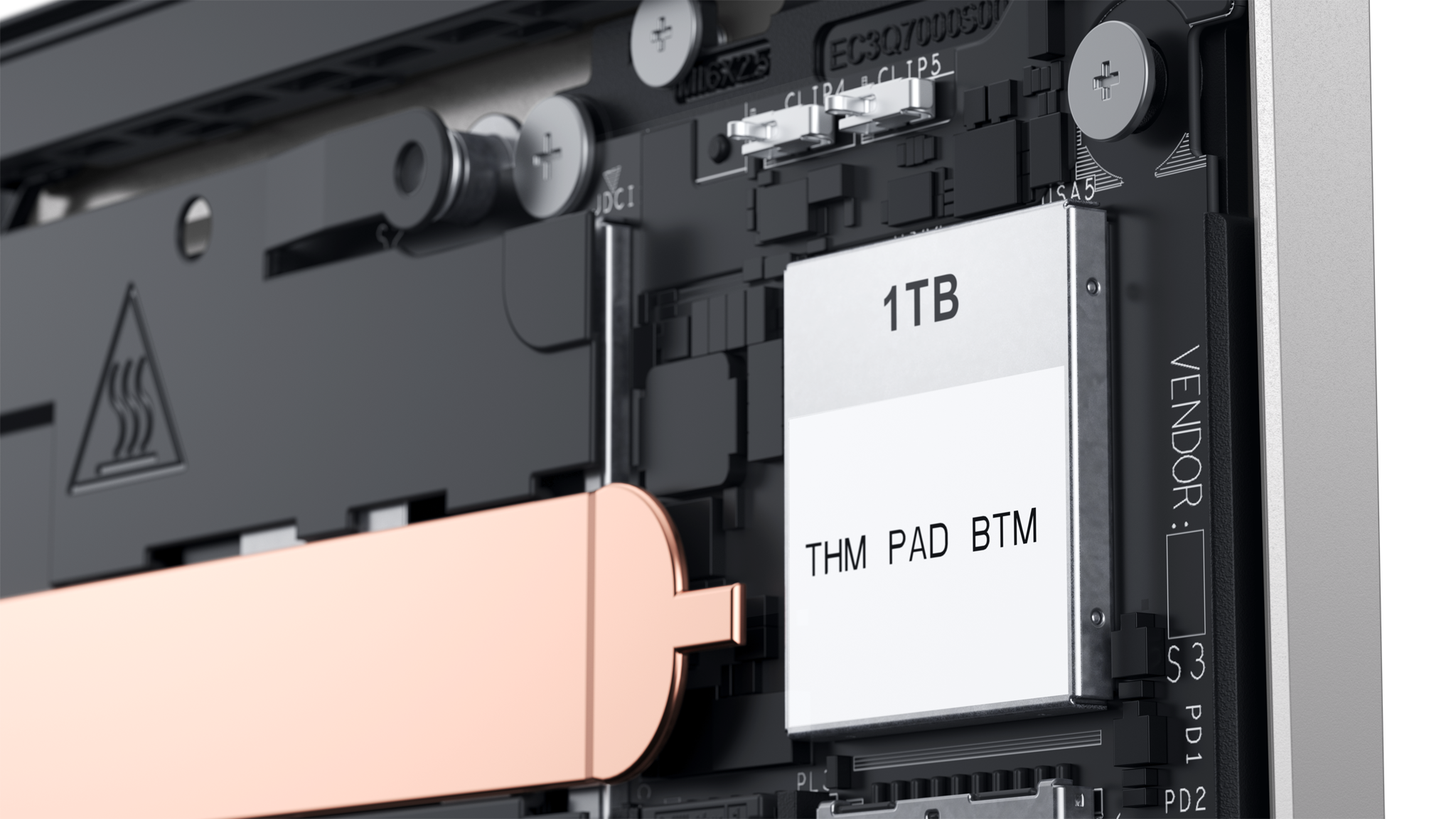
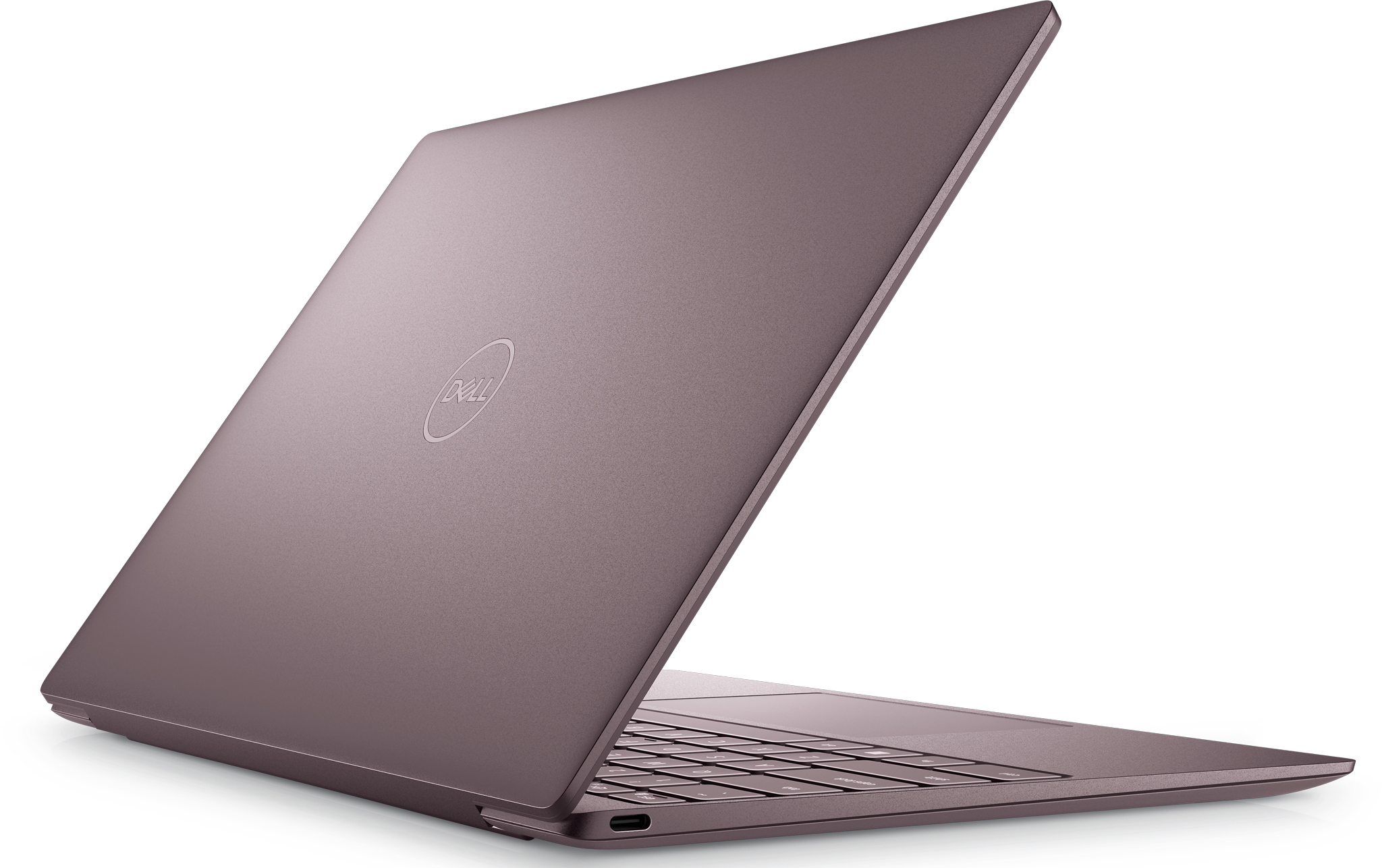
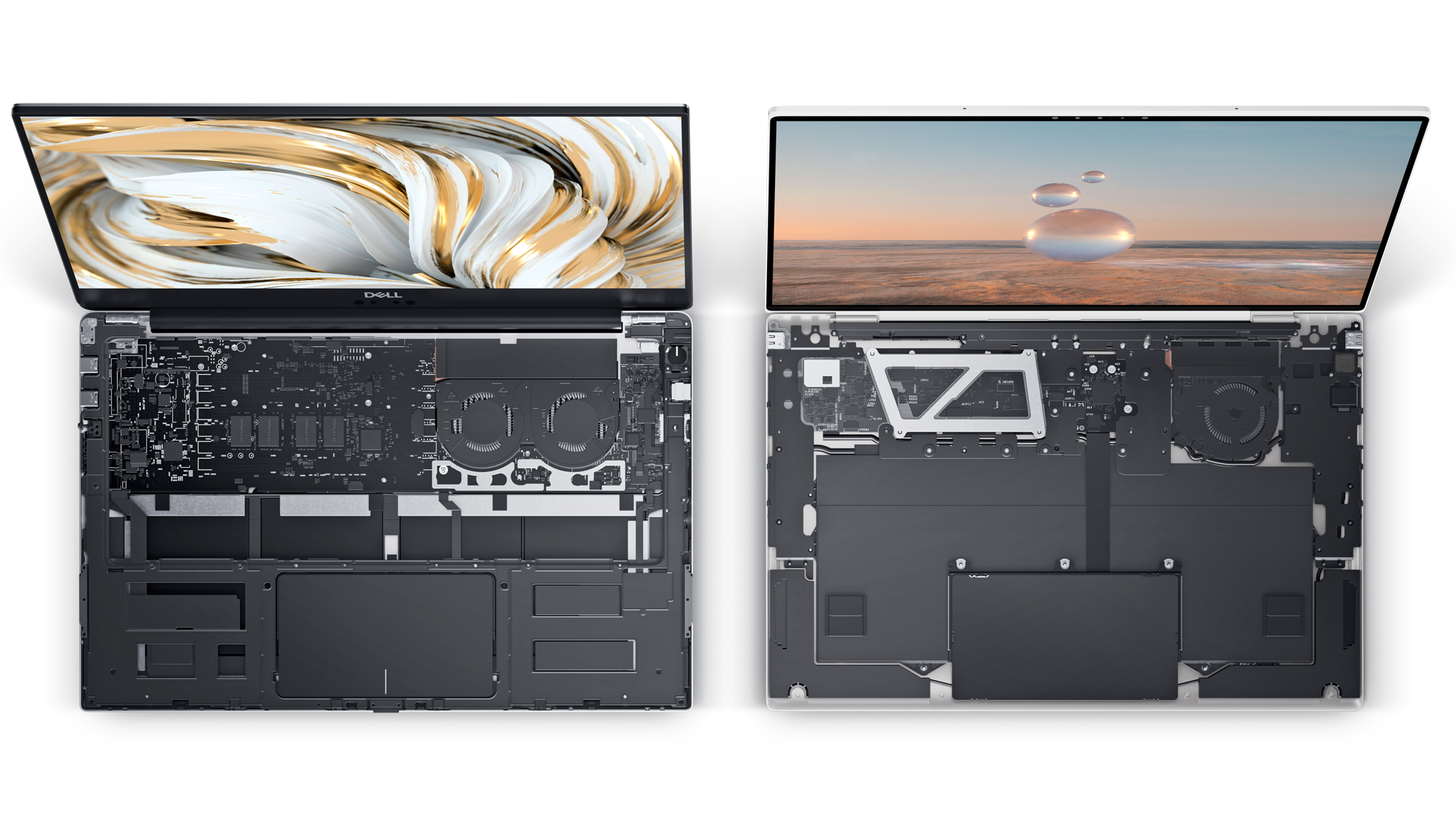
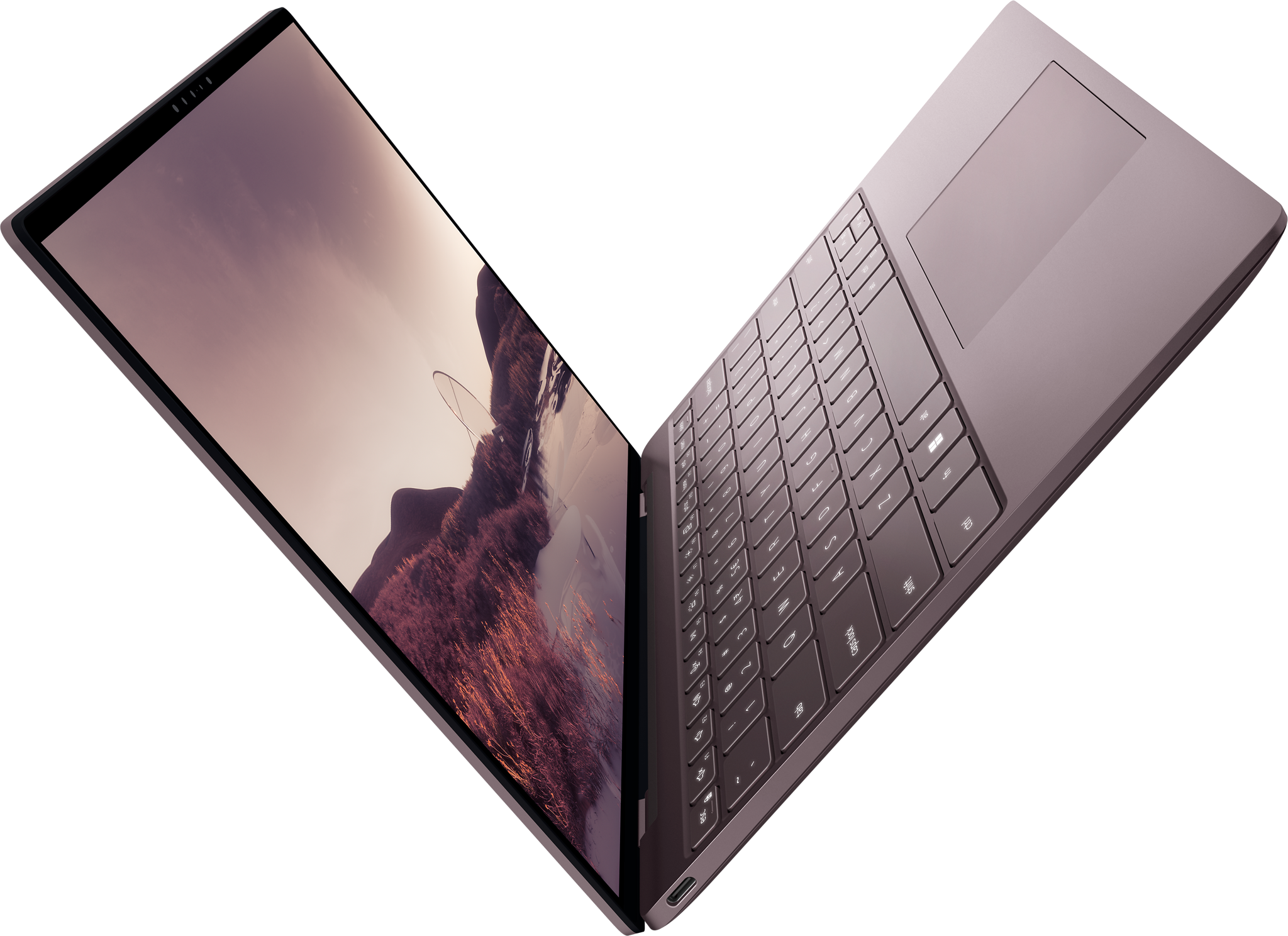
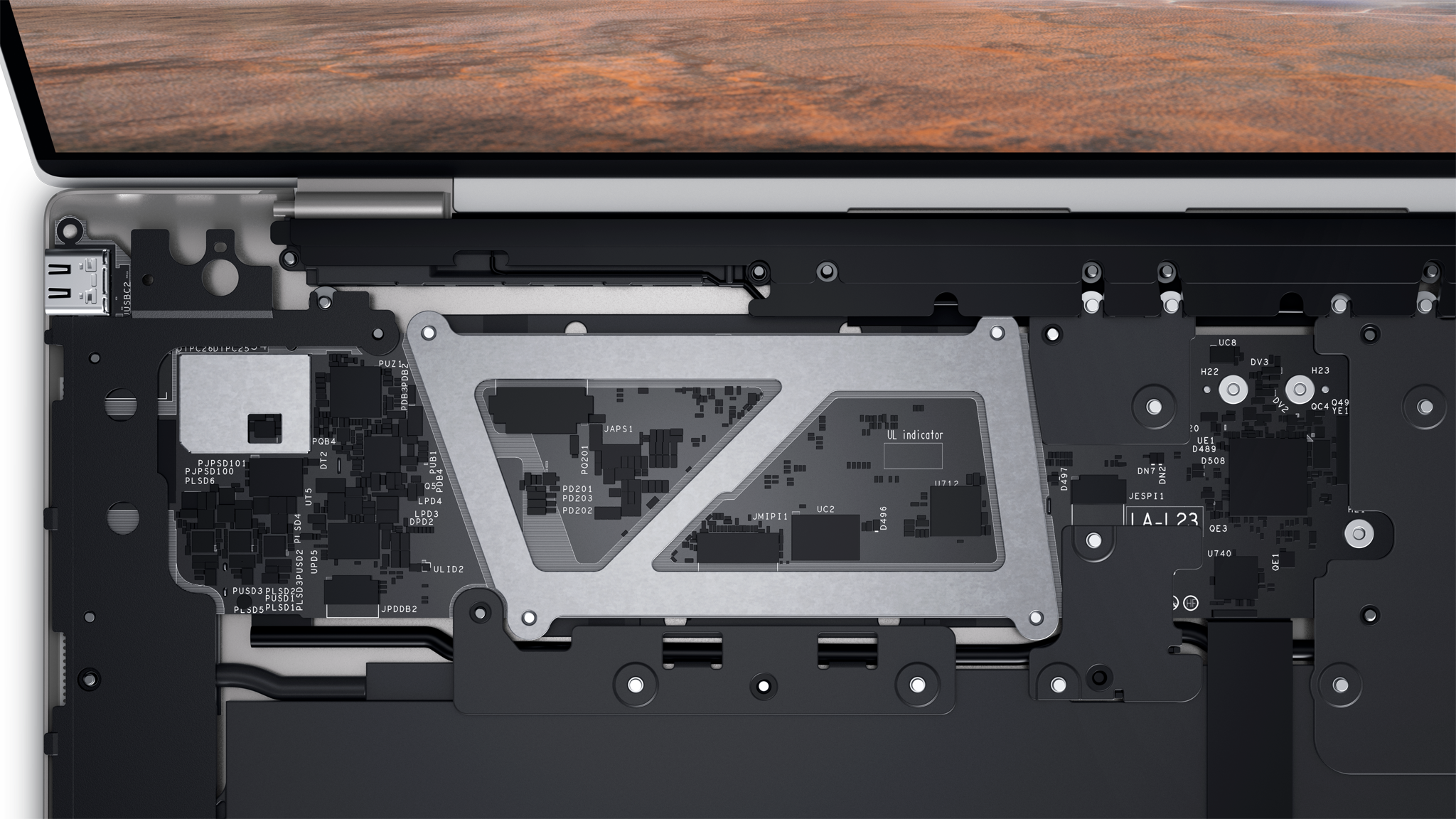
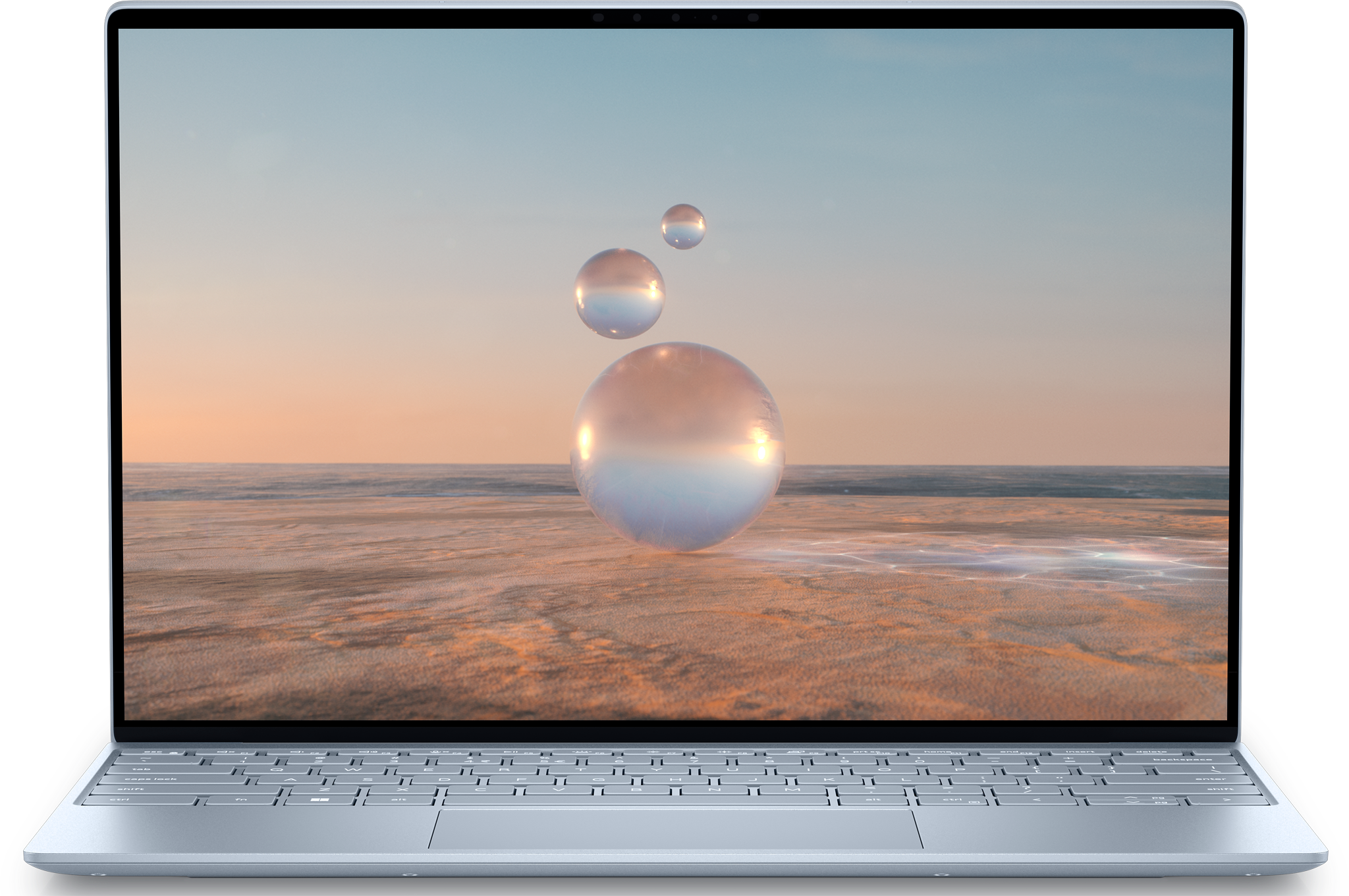
Additionally, Dell has added human presence detection (ExpressSign-In), Wi-Fi 6E, new colors (Sky, Umber), Bluetooth 5.2, faster LPDDR5-5200 RAM, and faster storage (PCIe 4.0) while coming in just a hair lighter and smaller than last year’s model.
The display is still the same excellent 16:10 13.4-inch with Dolby Vision in either a 1920x1200 (FHD+) in touch or non-touch/anti-glare or UHD+ (3840x2400) with touch and anti-reflective.
Get the Windows Central Newsletter
All the latest news, reviews, and guides for Windows and Xbox diehards.
To accomplish all that while also improving thermals (there is just one fan now, instead of two), Dell is leveraging cell phone PCB (Printed Circuit Board) technology when designing the motherboard. That effort resulted in the board being a massive 1.8x smaller than the previous generation. With that extra space, Dell kept the battery nearly the same size (51WHr vs. 52) and put in larger speaker boxes for “deeper bass, louder sound, and better overall audio” with 4 watts of output.
While RAM has been previously soldered to the motherboard to save space, Dell is also now using an industry-first NVMe BGA SSD, which is just 13% the size of a traditional M.2 2280 SSD (it’s also now built into the board). That LPDDR5 x64 RAM is now also Package on a Package (PoP), a fancy term for stacking components — again, this is something never done in laptops as most use JEDEC memory standards.
| Header Cell - Column 0 | XPS 13 (9315) |
|---|---|
| OS | Windows 11 Home, Windows 11 Pro, Ubuntu 20.04 |
| Processor | 12th Gen Intel Core i5-1230U, i7-1250U |
| RAM | 8GB, 16GB, 32GB LPDDR5-5200 |
| Graphics | Intel Iris Xe |
| Storage | 256GB, 512GB, 1TB M.2 PCIe 4.0 SSD |
| Display | 13.4 inches, 16:10 aspect ratio, Dolby Vision, Eyesafe |
| Row 6 - Cell 0 | 1920x1200 (FHD+), 500 nits, 100% sRGB, AG |
| Row 7 - Cell 0 | 1920x1200 (FHD+), touch, 500 nits, 100% sRGB, AR |
| Row 8 - Cell 0 | 3840x2400 (UHD+), touch, 500 nits, HDR 400, 90% DCI-P3, AR |
| Ports | Two Thunderbolt 4 |
| Audio | Stereo speakers, 4W output, MaxxAudio Pro, Waves Nx 3D, dual mics |
| Wireless | Intel Killer Wi-Fi 6E 1675 (AX211), Bluetooth 5.2 |
| Camera | 720p, IR, ambient light sensor, human presence detection |
| Keyboard | 1mm travel, backlight |
| Security | Fingerprint reader, IR camera, HPD |
| Battery | 51Wh |
| Dimensions | 11.63 x 7.85 x 0.55 inches |
| Row 17 - Cell 0 | 295.4mm x 199.4mm x 13.99mm |
| Weight | From 2.59 pounds (1.17kg) |
| Color | Sky, Umber |
Ports, however, are also cut down as there are just now two Type-C Thunderbolt 4 with no Type-A (a dongle is included in the box, however). Dell also eliminated the microSD slot and, more controversially, the 3.5 audio jack (there is an optional dongle for the headphone jack).
Pricing for the new XPS 13 starts at $999 (versus $1,249 for the XPS 13 Plus) and is now available for ordering. Besides Windows 11 Home and Windows 11 Pro options, users can also configure the XPS 13 with Ubuntu 20.04.
XPS 13 2-in-1 (9315)
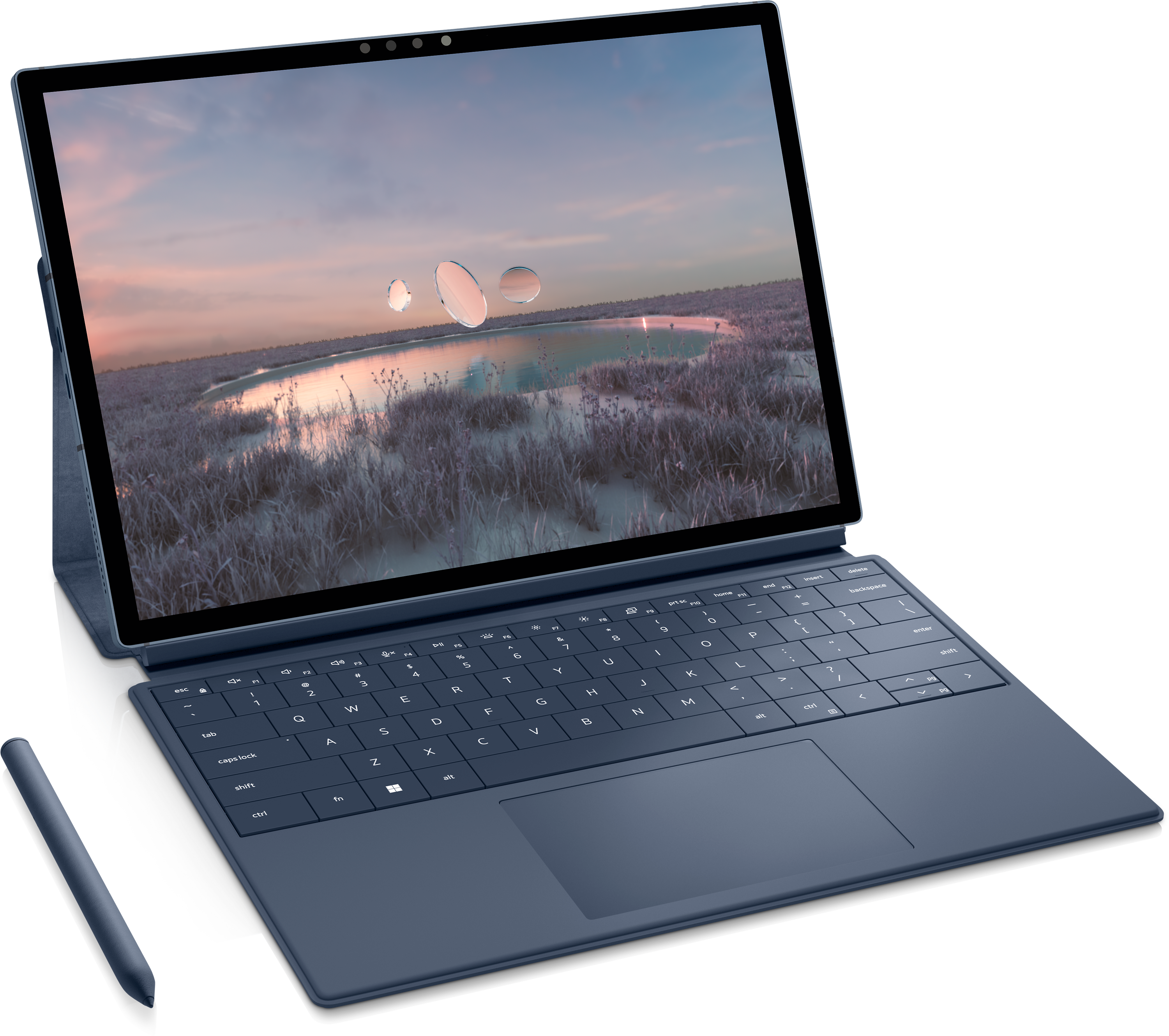
Besides the redesigned XPS 13, Dell brings back its 2-in-1 13-inch laptop. However, it is nearly unrecognizable from the previous model. Before, the XPS 13 2-in-1 (7390) was a more traditional laptop with a 360-degree hinge, which we praised highly. The new model is more like a Surface Pro — a tablet with a detachable keyboard, aka “folio” design. It leans much more heavily towards a tablet than a traditional laptop.
The new XPS XPS features a 13-inch 3K display with HDR400, and the new 9 watt 12th Gen Core i5-1230U or i7-1250U processor (the same as the XPS 13). The XPS 13 2-in-1 looks to be nearly all-display with Dell’s super thin screen borders. With Gorilla Glass 7 and active pen support, the folio design certainly opens the door for more usage cases like notetaking and drawing compared to the old model.
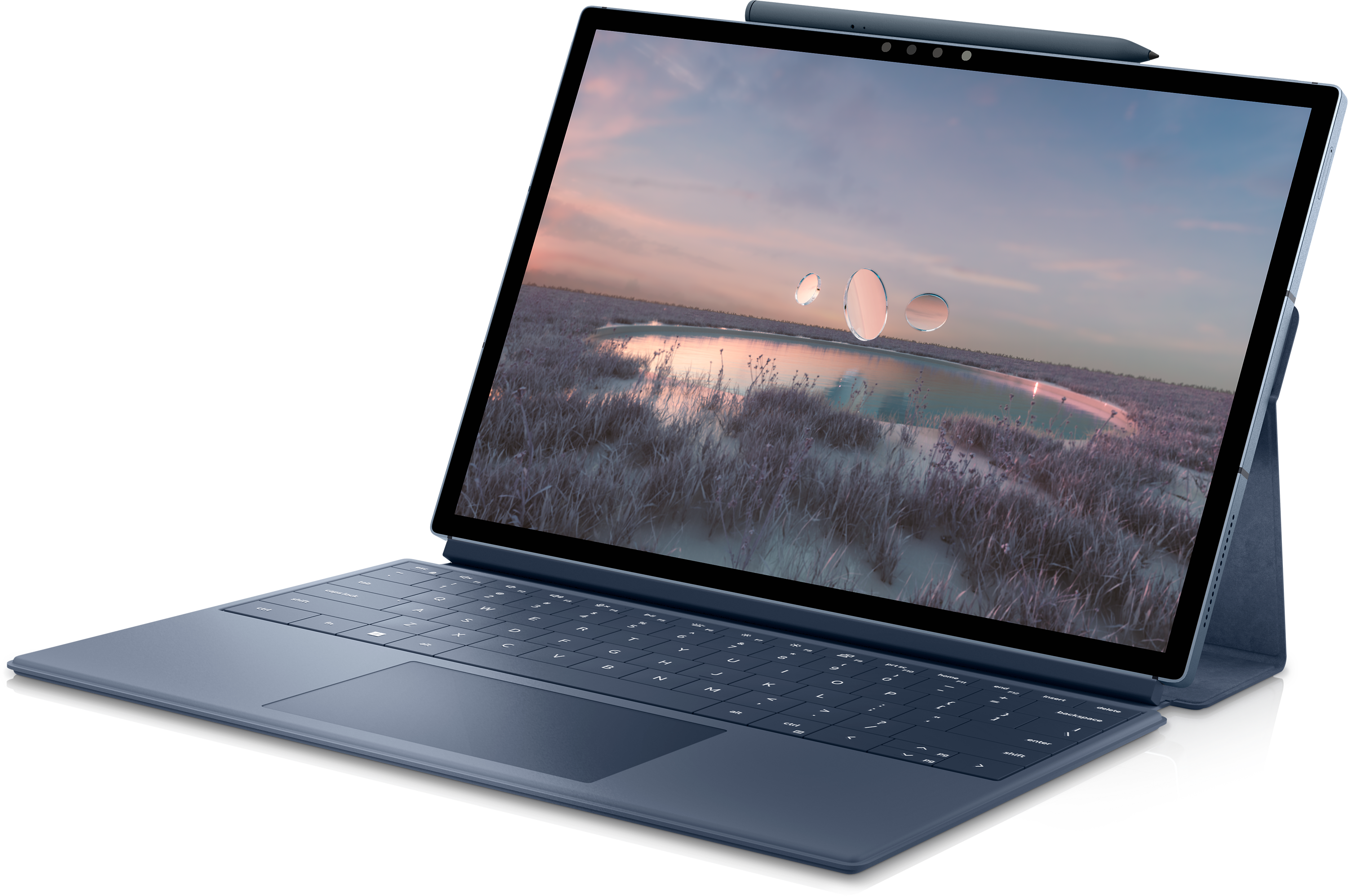
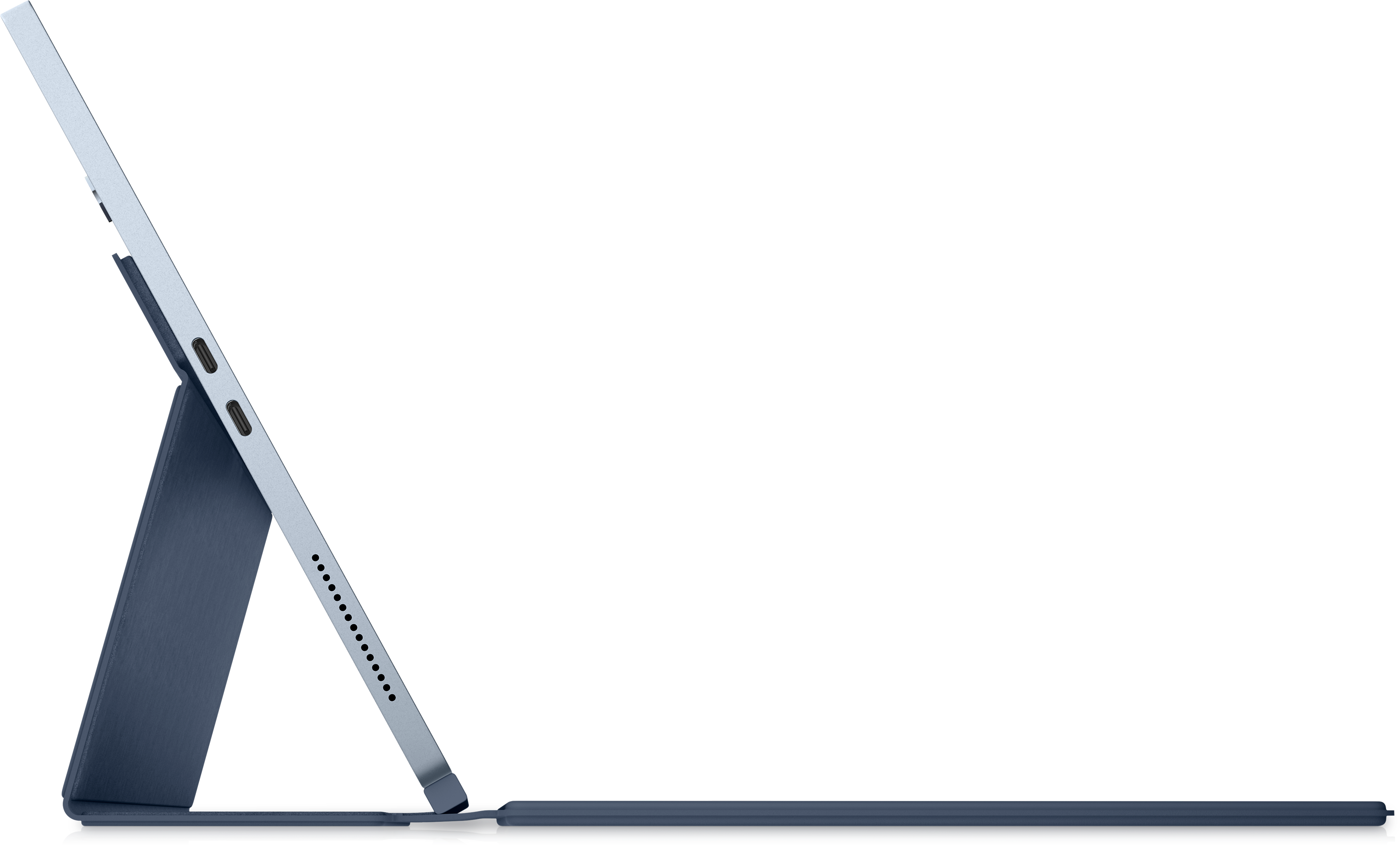

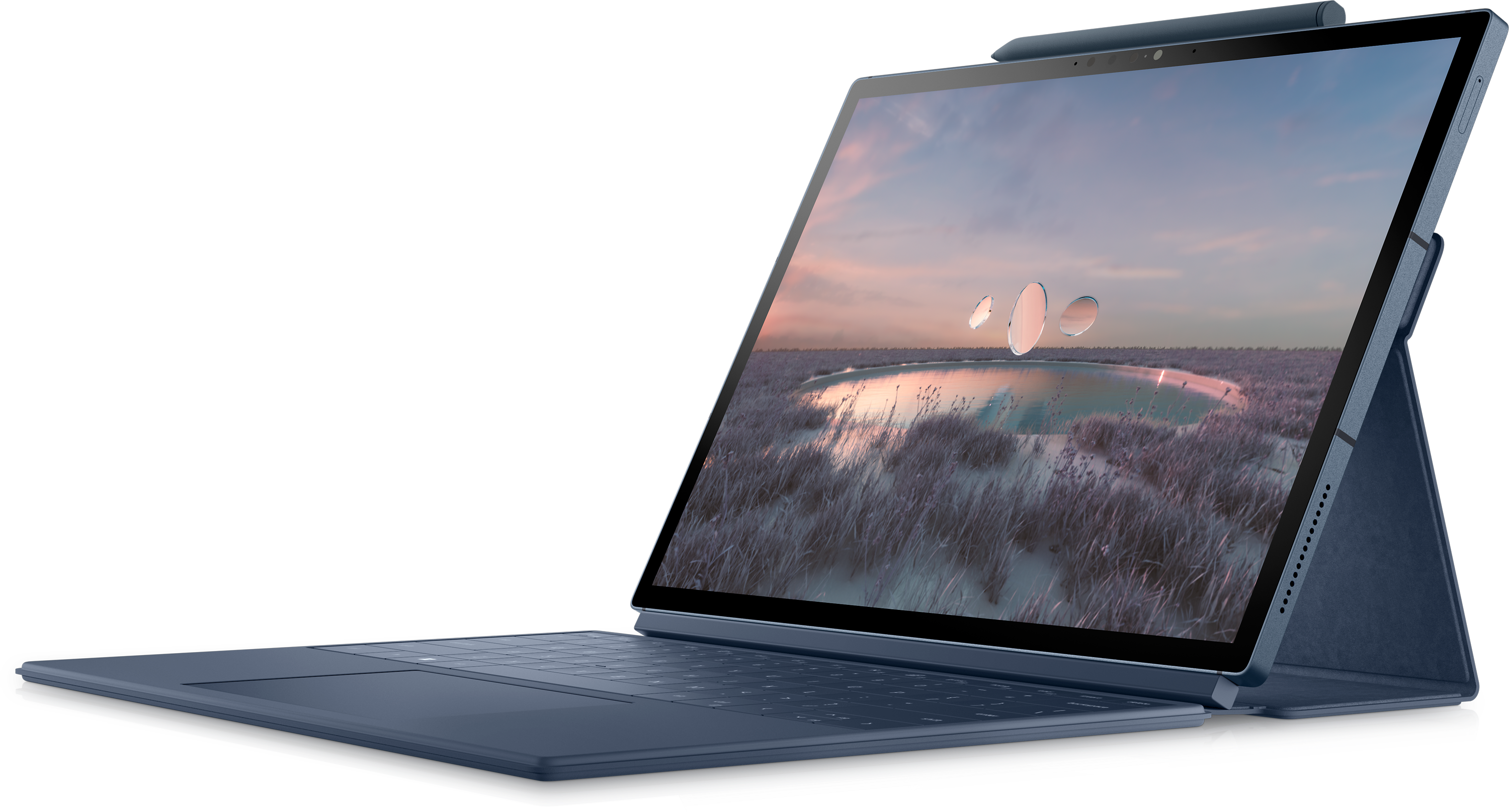
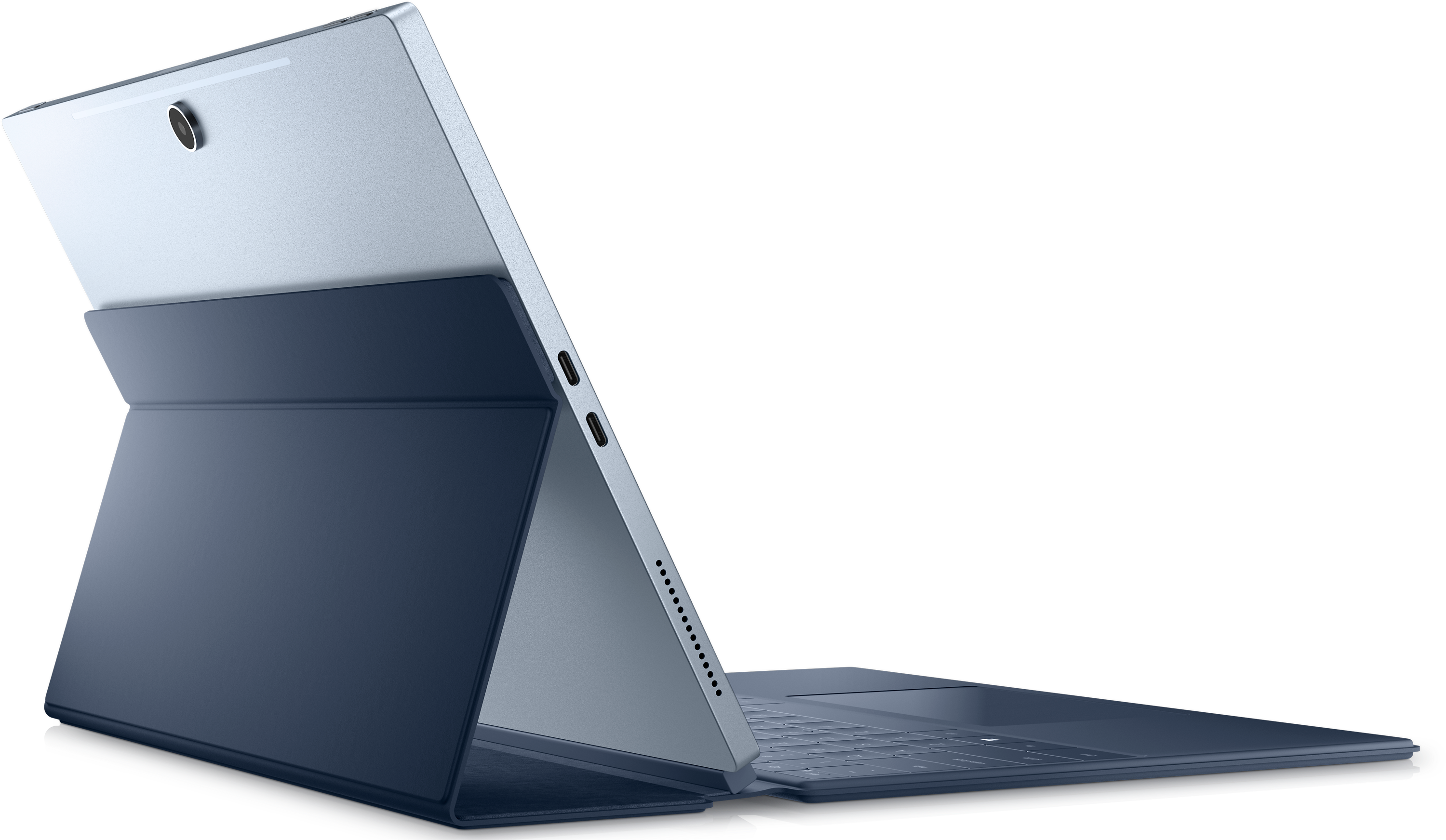
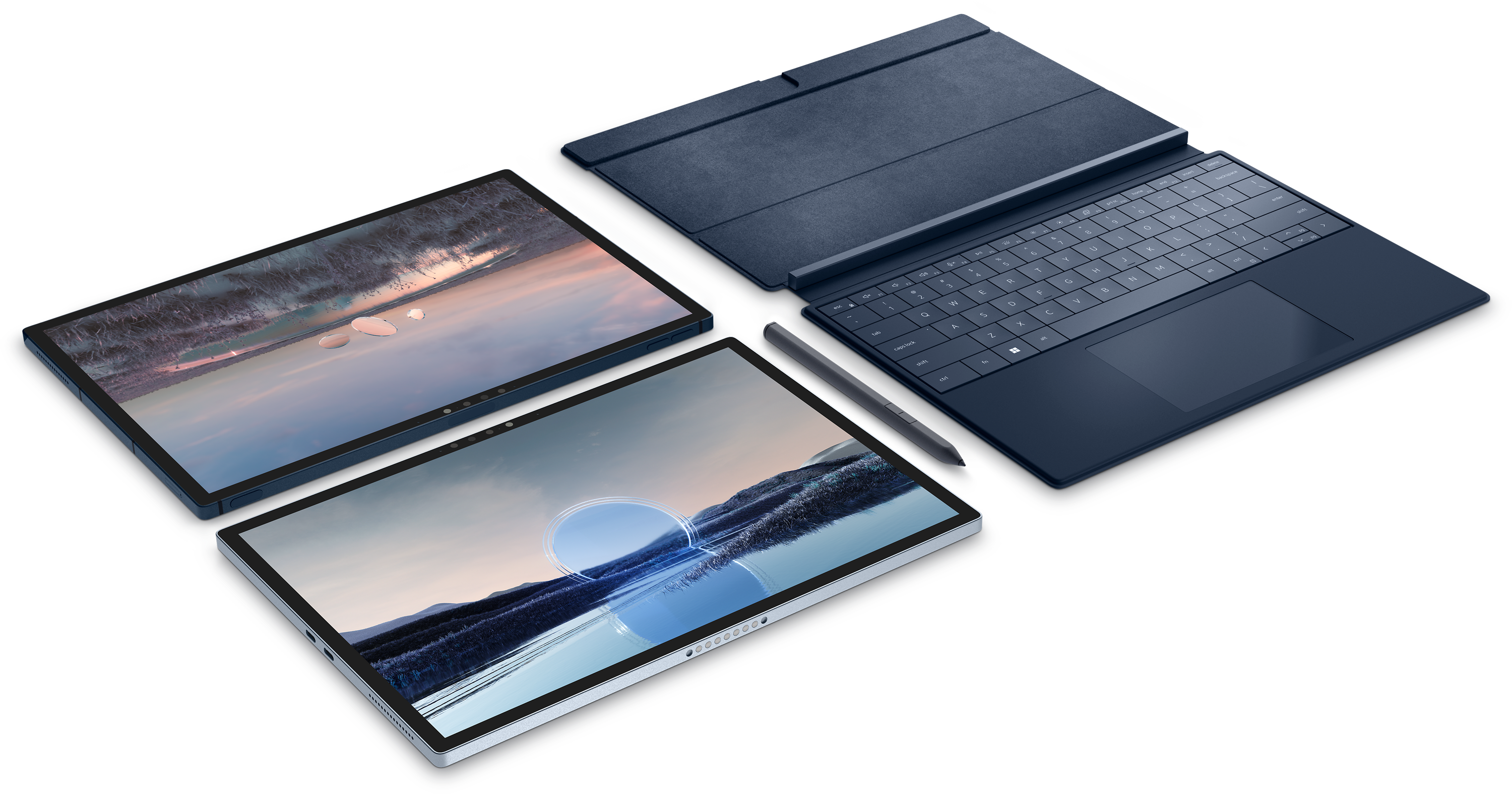
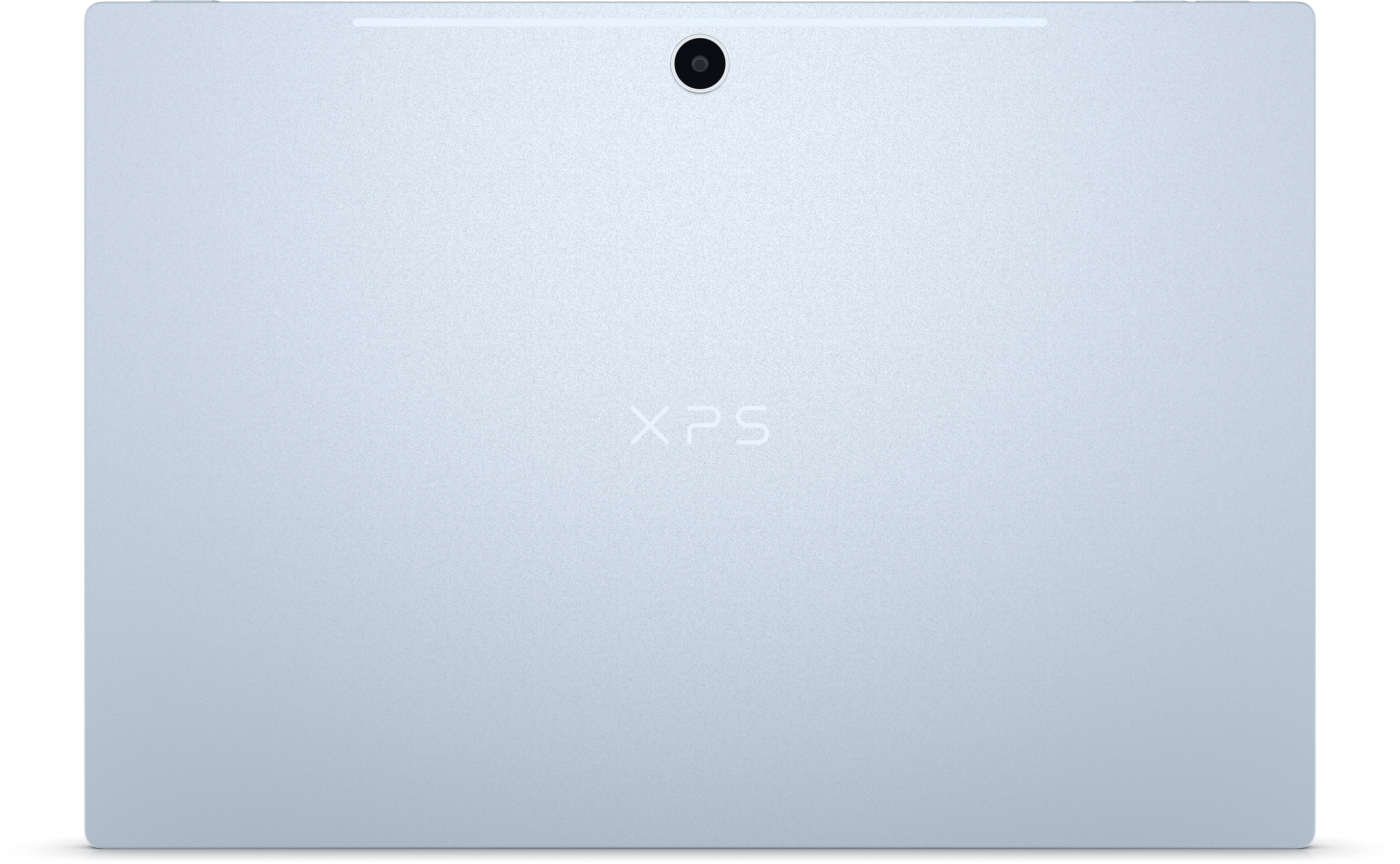
The XPS 13 2-in-1 is Dell’s first consumer PC with optional global 5G (and eSIM). For those who don’t need mobile data, the device falls back to Wi-Fi 6E and Bluetooth 5.2.
And because it’s now a tablet, the XPS 13 2-in-1 has two cameras. The front one is 5MP full HD (which is better than the XPS 13’s 720P) with IR for Windows Hello (a fingerprint reader is also built into the power button as another option). On the rear, the world-facing camera is a more powerful 11MP and can record up to 4K.
Ports are similar to the XPS 13 and XPS 13 Plus with just two Type-C Thunderbolt 4 with no 3.5mm headphone jack.
| Header Cell - Column 0 | XPS 13 2-in-1 (9315) |
|---|---|
| OS | Windows 11 Home, Windows 11 Pro |
| Processor | 12th Gen Intel Core i5-1230U, i7-1250U |
| RAM | 8GB, 16GB LPDDR4x-4266 |
| Graphics | Intel Iris Xe |
| Storage | 256GB, 512GB, 1TB M.2 PCIe 4.0 SSD |
| Display | 13 inches, 3:2 aspect ratio, Dolby Vision, Eyesafe |
| Row 6 - Cell 0 | 2880x1920 (3K), touch, 500 nits, HDR 400, 100% sRGB, AR, pen support |
| Pen | XPS Stylus (sold separately) |
| Ports | Two Thunderbolt 4 |
| Audio | Waves MaxxAudio Pro, Waves Nx 3D, dual mics |
| Wireless | Intel Killer Wi-Fi 6E 1675 (AX211), Bluetooth 5.2, 5G |
| Camera | Front: 1080p, RGB + IR, ambient light sensor |
| Row 12 - Cell 0 | Rear: 11MP 4K |
| Keyboard | Attachable Folio (sold separately), 1mm travel |
| Security | Fingerprint reader, IR camera |
| Battery | 49.5Wh |
| Dimensions | 11.5 x 7.9 x 0.29 inches |
| Row 17 - Cell 0 | 292.5mm x 201.2mm x 7.4mm) |
| Weight | From 1.6 pounds (736g) |
| Row 19 - Cell 0 | Folio: 1.23 pounds (560g) |
| Color | Sky, Slate |
Turning to some more controversial decisions besides no headphone jack is that the XPS Folio (the name for the zero-lattice keyboard with 1.0mm key travel and Precision touchpad) and XPS Stylus are sold separately.
Moreover, that keyboard is not so much like Microsoft’s but rather the old-school style where it magnetically sticks to the rear of the device, forming a tent-like structure. This is due to no built-in kickstand with this PC. While this design works well on a desk, it’s not nearly as comfortable as the Surface Pro’s angled design and built-in kickstand.
Overall, the new XPS 13 2-in-1 at least stands out from every other non-enterprise convertible PC, which works in Dell's favor. However, it remains to be seen if this radical new folio design will be a hit with consumers and will be amongst Dell's best laptops.
Availability for the new XPS 13 2-in-1 (9315) is due later this summer, although pricing has yet to be determined.

Daniel Rubino is the Editor-in-chief of Windows Central. He is also the head reviewer, podcast co-host, and analyst. He has been covering Microsoft since 2007 when this site was called WMExperts (and later Windows Phone Central). His interests include Windows, laptops, next-gen computing, and wearable tech. He has reviewed laptops for over 10 years and is particularly fond of 2-in-1 convertibles, Arm64 processors, new form factors, and thin-and-light PCs. Before all this tech stuff, he worked on a Ph.D. in linguistics, performed polysomnographs in NYC, and was a motion-picture operator for 17 years.
